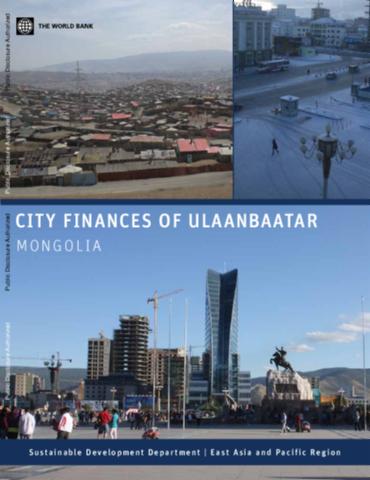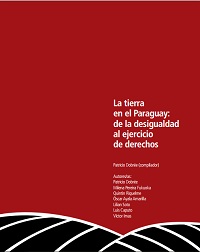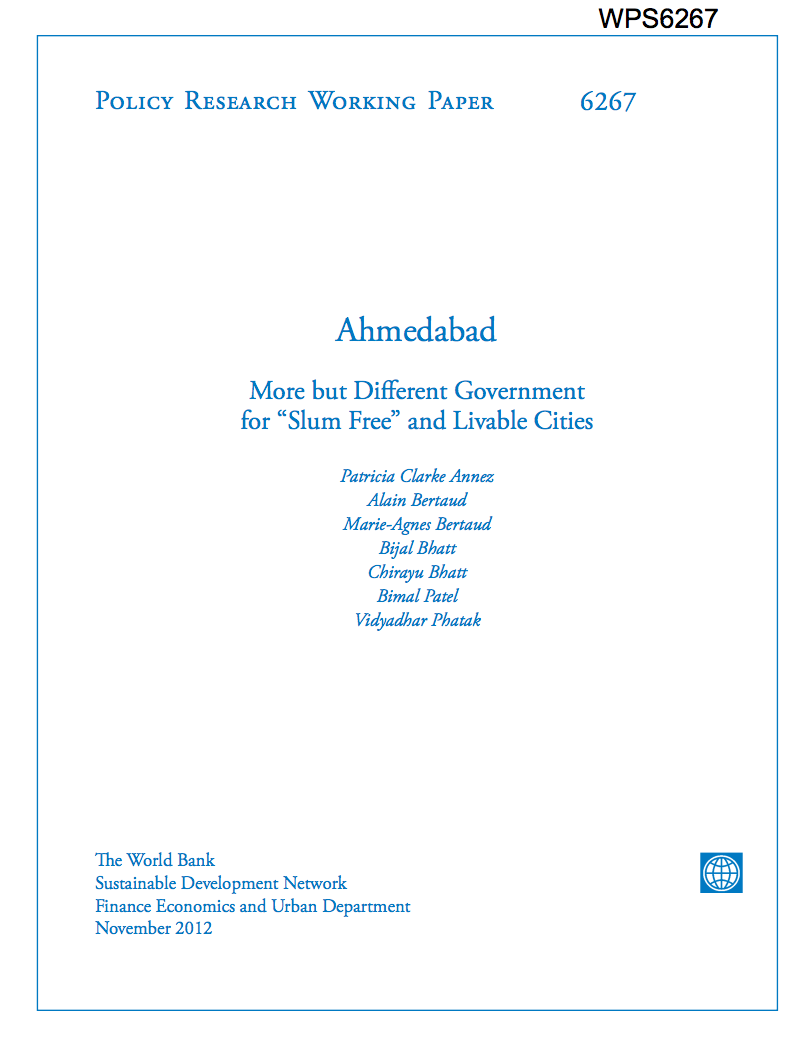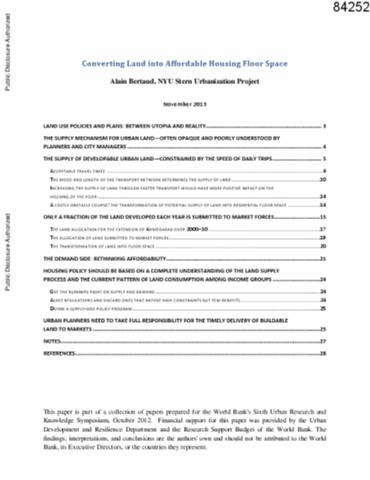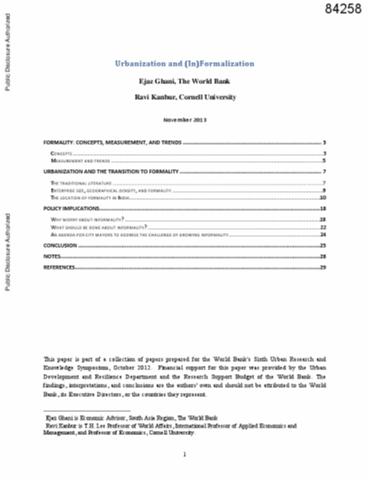Evaluation of ecosystem health for the coastal wetlands at the Yangtze Estuary, Shanghai
Despite the growing awareness of the important ecological functions and values provided by coastal and estuarine wetlands, wetland degradation continues worldwide due to increasing anthropogenic disturbances. Chongming Dongtan wetlands, adjacent to Shanghai, the largest city and industrial and trading port in China in rapid urban expansion and socioeconomic development are currently threatened with biodiversity reduction, wetland loss, contamination, and invasion of exotic plant.


